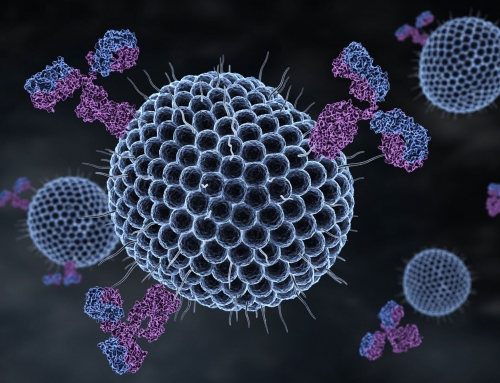Cell lines are used in a wide variety of applications, from in vitro trials to vaccine production and from the study of gene function to the manufacture of antibodies and recombinant proteins. Cell lines are cost effective and easy to use when compared to other options. They also allow researchers and CMOs to bypass many of the ethical concerns which may be raised by in vivo testing or the use of other human tissues.
Cell lines are valuable to researchers and manufacturers alike because they provide a consistent population that yields reproducible results. However, these results require stable cell lines. For this reason, those who wish to use cell lines in their research or manufacturing must prioritize a process of optimal cell line development.
What does a stable, optimal cell line look like?

Different cell lines have different parameters, depending upon what they are being used for, but a stable cell line will have several traits in common. Cell lines that are suitable for the production of recombinant proteins, for instance, should be capable of production in both suspended and serum-free growth conditions and have an efficient energy metabolism that doesn’t also secrete excess by-product.
These sorts of specific requirements vary depending upon the role that the cell line is intended to play. However, any cell line that is suitable for use in research or production should, for instance, produce stable, reliable results in regards to both product quality and yield.
In order for results to be as useful as possible, cell lines should also mirror the functional features of primary cells as closely as they can. Because cell lines are not naturally occurring but rather the result of genetic manipulation, they may experience genetic drift which can result in phenotypic and genotypic variation.
Furthermore, many cell lines are vulnerable to cross-contamination. A study published by Walter Nelson-Rees several decades ago found that many cell lines being used all over the world were contaminated with HeLa cells. While new safeguards have been put into place in the years since, guarding against cross-contamination is still a concern for those who use cell lines.
Stable cell line development starts at the very beginning.
For most cell lines, development begins with transfection. Selected host cells are transfected with desired plasmids before being screened to quantify the highest-expressing clones. Once these have been identified, the validation process can begin.

Because the process of manually screening cell lines is lengthy, meticulous, and labor-intensive, automated solutions are often preferred at this stage. The development process for cell lines varies slightly depending on the intended function of the cells, but generally follows a similar workflow.
- Transfection – Nucleic acids, recombinant plasmids, or other vectors are introduced into selected cells.
- Selection – From these transfected cells, researchers carefully select the highest producers of a desired protein or other product.
- Screening – These high-producing cells are then cloned, and the highest producing clones are selected via methods such as by limiting dilution.
- Validation – Once cell lines are established, they are validated for stability and productivity.
- Expansion – Cloning of cell lines is scaled up and cell banking is performed.
- Evaluation – Once cell lines are producing, downstream evaluation can be performed to ensure that cell lines are behaving as expected.
Throughout this process, numerous assays are performed to ensure proper cloning, production, and behavior of the cell line. Optimal cell line development requires vigilance and repeatability. Checks such as monoclonality assurance, clone productivity screenings, glycosylation profiling, cell surface expression, and others help to determine optimal development.
Where can stable cell lines be found?
It is safe to say that the development of stable cell lines has revolutionized much of the biologics research sphere, where they are used for the generation of artificial skin, the synthesis of biological compounds, and much more.

The American Type Culture Collection (ATCC) Cell Biology Collection identifies more than 3,600 cell lines, ranging across more than 150 different species. Cell lines can be commercially licensed for use in human diagnostics, veterinary science, pharmaceutical manufacture, biotechnology, and beyond.
The development of safe, stable cell lines gives researchers and manufacturers access to a virtually unlimited pool of reliable cells that can produce repeatable results without the necessity of animal testing or the harvesting of human tissues. While these cell lines may not be a perfect match for primary cells, they provide an invaluable step in both biologics production and in vitro testing.
All these benefits, however, rely on the ability of researchers to develop stable cell lines that yield dependable results. This is only possible when cell line development is optimized for the needs and realities of the cells being developed and meticulously validated at every step along the way. Anything less may fail to yield the stable, reliable cell lines that researchers and CMOs have come to rely on.





